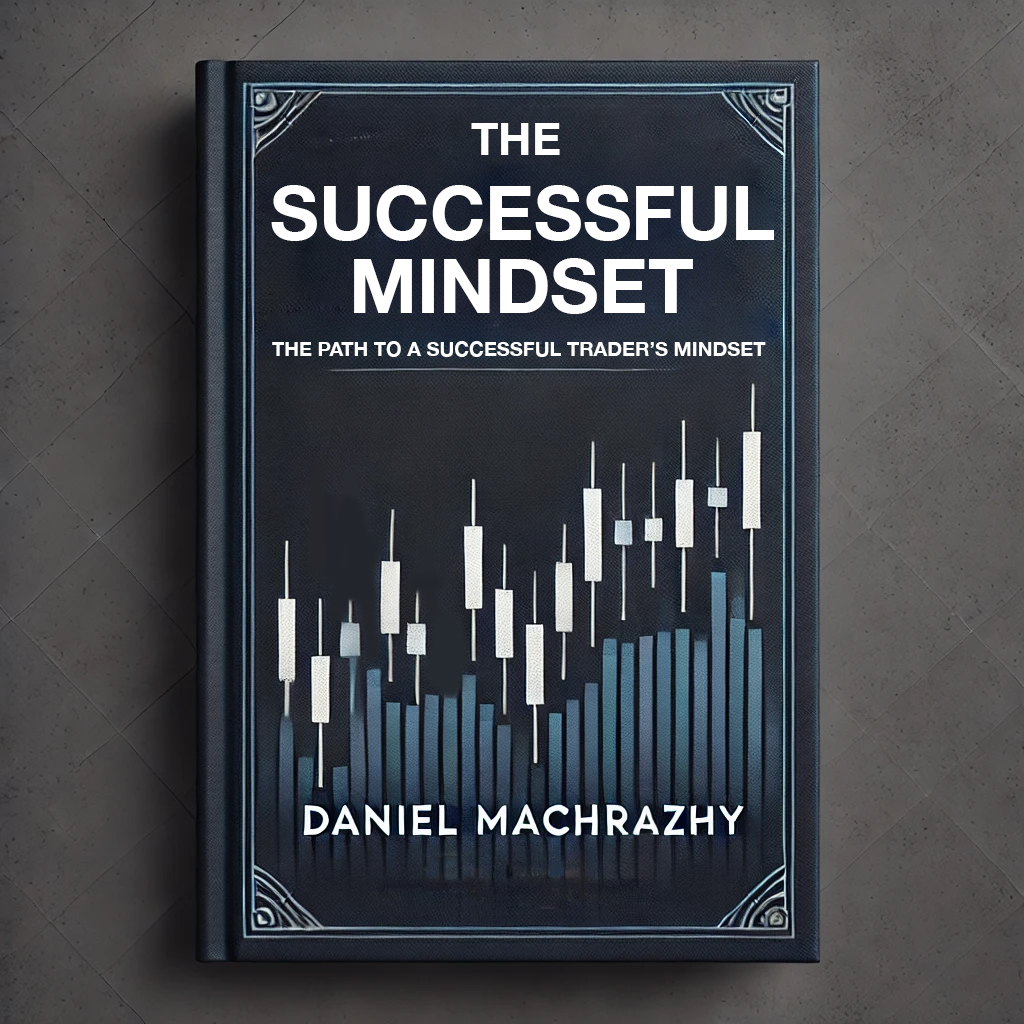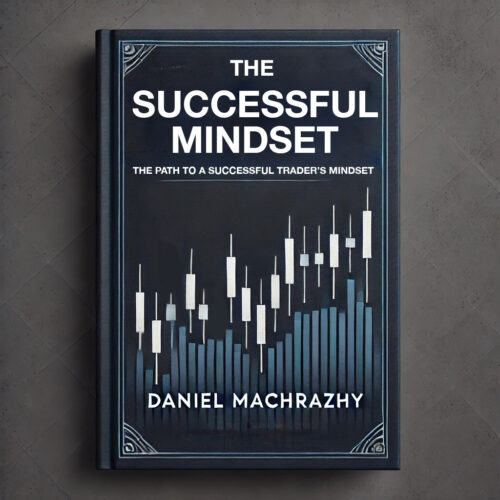**Chapter 1: The Psychology of Trading Success**
In trading, success isn’t measured solely by profit margins or win rates. True success lies in developing a mindset that can weather the storms of market volatility, the drawdowns, and the inevitable mistakes. In this chapter, we start by dissecting what separates those who consistently succeed from those who struggle. While the markets may be beyond our control, our minds are not. As we journey into the psychology of trading, consider this: Are you prepared to master yourself, even when the markets test you to your limits?
A trader’s mind is a battleground between rational thought and emotional impulse. We begin here because understanding this fundamental tension is essential. You may wonder if there’s a secret strategy or a foolproof plan for every market scenario. While strategies are important, the real power comes from within—from mastering emotions, sharpening mental clarity, and cultivating resilience. Each trader must ask themselves: Am I willing to confront my own fears, biases, and limitations to succeed in this field? This chapter lays the groundwork for that internal journey.
**Chapter 3: Managing Fear and Anxiety in Market Uncertainty**
Fear, at its core, is a protective instinct. It’s our mind’s way of telling us to tread carefully, to brace for danger. In trading, fear manifests in many forms: the fear of losing money, of missing out, of making the wrong decision. When unchecked, this primal response can lead to hesitancy, overreaction, or, worse, complete paralysis. But fear, as we’ll explore, can also be our ally if we learn to interpret and harness it.
Imagine this: you’re watching the market dip sharply. Your pulse quickens, a sense of dread fills your chest. Do you sell to protect your position, or do you hold steady, trusting your initial analysis? This moment of heightened emotion, familiar to every trader, is the crossroads where fear either takes control or becomes a useful guide. In this chapter, we’ll uncover how to recognize fear not as an enemy but as a signal—a way to reassess, to pause and check your own reactions. We’ll explore practical techniques drawn from cognitive-behavioral psychology that help you reframe fear, allowing you to face market uncertainty with a steady, informed mind.
**Chapter 11: Building Long-Term Confidence and Psychological Stamina**
Confidence is built, not given. In the world of trading, where every choice carries a degree of uncertainty, self-assurance must be cultivated over time through steady, small achievements. This chapter examines the psychology of confidence, revealing how it is fostered through deliberate practice, reflection, and commitment to improvement. Confidence isn’t about knowing that you’ll always succeed but about trusting that you can handle whatever the market throws at you.
Psychological stamina, on the other hand, is the fuel that keeps you going through the highs and lows of trading. It’s the strength to stay motivated, to keep pushing, even when progress feels slow. This chapter shares methods to build and sustain confidence, helping you establish a mental foundation that stands firm, regardless of market conditions. As you practice these techniques, you’ll develop a resilience that ensures your journey is not only productive but personally rewarding.





Reviews
There are no reviews yet.